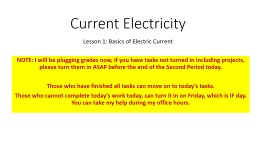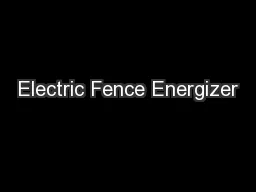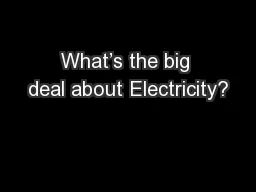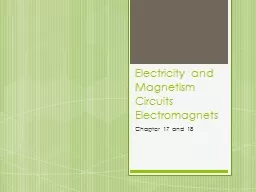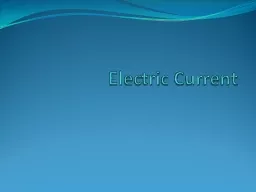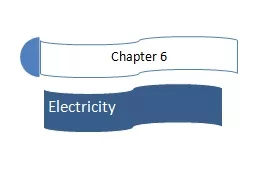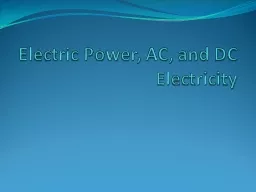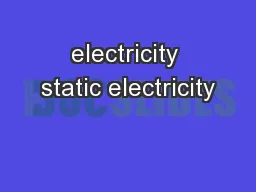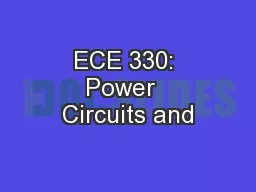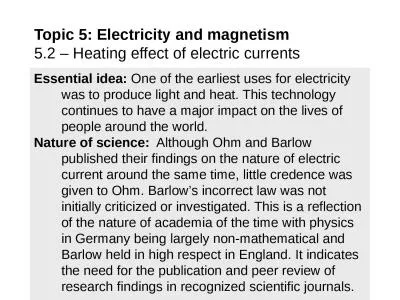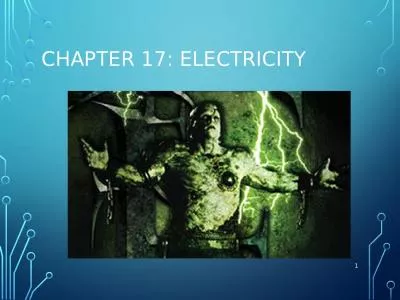PPT-Current Electricity Lesson 1: Basics of Electric Current
Author : hailey | Published Date : 2023-11-11
NOTE I will be plugging grades now if you have tasks not turned in including projects please turn them in ASAP before the end of the Second Period today Those who
Presentation Embed Code
Download Presentation
Download Presentation The PPT/PDF document "Current Electricity Lesson 1: Basics of ..." is the property of its rightful owner. Permission is granted to download and print the materials on this website for personal, non-commercial use only, and to display it on your personal computer provided you do not modify the materials and that you retain all copyright notices contained in the materials. By downloading content from our website, you accept the terms of this agreement.
Current Electricity Lesson 1: Basics of Electric Current: Transcript
Download Rules Of Document
"Current Electricity Lesson 1: Basics of Electric Current"The content belongs to its owner. You may download and print it for personal use, without modification, and keep all copyright notices. By downloading, you agree to these terms.
Related Documents

